
Mid Drive Electric Bikes Explained: Benefits, Brands & Buying Tips
Mid drive electric bikes are increasingly favored by riders who want more power, better balance, and a riding experience that feels closer to traditional cycling. Instead of placing the motor inside the wheel like hub-based e-bikes, mid drive systems position the motor at the crankset, directly connected to the pedals. This design allows the motor to work more efficiently with the bike’s gears, resulting in stronger hill-climbing ability, smoother acceleration, and improved weight distribution.
Whether you’re commuting, touring, or tackling steep trails, understanding how mid drive technology works can help you decide if it’s the right choice for your needs. In this guide, we’ll break down the advantages and drawbacks of mid drive setups, explore different types available on the market, and highlight the essential factors to consider before buying—without pushing any specific models. If you're comparing motor systems and want unbiased clarity, you’re in the right place.
What Are Mid Drive Electric Bikes?
A mid drive electric bikes is an e-bike that places its motor at the center of the frame, directly at the crankset where the pedals are located. Instead of driving the wheel like a hub motor, a mid drive electric bikes system powers the bike through the chain and gears, just like a rider would. This setup delivers smoother acceleration, stronger hill-climbing capability, and a more natural pedaling feel.
Because the motor is positioned low and centrally, it improves balance, handling, and traction—especially when riding on steep climbs or uneven roads. Riders also benefit from better energy efficiency, as the motor can take advantage of the bike’s existing gear system, resulting in improved range per charge.
How It Works
-
Central Motor Placement: The motor is integrated into the bottom bracket area near the pedals, becoming part of the bike’s core drivetrain.
-
Power Through the Drivetrain: Instead of spinning a wheel directly, the motor drives the chainring, sending power through the chain and gears to the rear wheel.
-
Intelligent Torque Sensing: Most mid drive systems use torque sensors that detect how hard you’re pedaling and adjust assistance accordingly, creating a seamless and responsive ride.
Mid Drive vs Hub Motor – Key Differences
When choosing an electric bike, one of the most important decisions is selecting the right motor type. The two most common systems are mid drive electric bikes and hub motors, and while both provide electric assistance, they perform very differently depending on your riding needs.
Mid drive motors are mounted at the pedal crank in the center of the frame, which keeps the bike’s weight low and balanced. This positioning allows the motor to work through the bike’s gears, delivering exceptional hill-climbing power and efficient performance on varied terrain. However, this setup tends to be more expensive and may require more complex maintenance due to the integration with the drivetrain.
Hub motors, on the other hand, are located in the front or rear wheel hub, providing direct power to the wheel. They are generally cheaper, simpler to maintain, and ideal for flat city riding. But because the weight is focused on one wheel, they can feel rear-heavy and may struggle on steep climbs compared to mid drive systems.
|
Feature |
Mid Drive Motor |
Hub Motor |
|
Motor Location |
Pedal crank (centered) |
Front or rear wheel |
|
Hill-Climbing Ability |
Excellent — uses bike’s gears |
Average — fixed gear ratio |
|
Weight Distribution |
Balanced and stable |
Can feel rear-heavy |
|
Maintenance |
More complex |
Easy and accessible |
|
Price |
Higher cost |
More affordable |
Benefits of Mid Drive Electric Bikes
Mid drive electric bikes are highly regarded for their efficiency, control, and riding comfort. Unlike hub motor e-bikes, which apply power directly to the wheel, mid drive systems integrate with the bike’s drivetrain, delivering a smoother, more intuitive experience. Here are the key benefits that set them apart:
Natural Pedaling Feel
Because the motor assists through the chain and gears, the power delivery closely matches your own pedaling effort. This creates a more responsive and realistic cycling sensation, especially when paired with torque sensors.
Exceptional Hill-Climbing Power
Mid drive electric bikes are able to use the bike’s gears just like a rider does. This enables high torque output and makes them particularly effective on steep hills, loose surfaces, or demanding terrain.
Improved Balance and Handling
With the motor positioned low and at the center of the frame, weight distribution is more even. This central placement enhances stability, cornering control, and overall ride confidence.
Greater Energy Efficiency
Because the motor operates within the bike’s gearing system, it doesn’t have to work as hard at low speeds or on inclines. This efficiency often results in longer range and reduced battery drain compared to hub-driven e-bikes.
Are Mid Drive E-Bikes Worth It?
Mid drive electric bikes are often considered the better choice for riders who value long-term durability and high-performance riding. While they typically cost more than hub motor alternatives, the benefits can easily justify the investment—especially for commuters, frequent riders, and those who regularly tackle hills or varied terrain.
Because mid drive motors power the bike through the gear system, they can deliver strong torque at low speeds and maintain efficiency on steep climbs. This gear advantage also means the motor doesn’t have to work as hard, leading to improved battery life over time. Additionally, the central placement of the motor keeps the bike’s weight low and balanced, resulting in better traction, control, and overall ride stability.
If you plan to use your e-bike daily or want a setup that feels natural and responsive rather than simply “powered,” a mid drive configuration is often worth the upgrade. Casual riders or flat-land commuters may be satisfied with a hub motor, but for anyone seeking longevity, efficiency, and real cycling performance, mid drive e-bikes stand out as a smart long-term choice.
Conclusion
Mid drive electric bikes have earned their reputation as the go-to option for riders who want real power, efficiency, and a more natural cycling feel. By placing the motor at the crankset and using the bike’s gears to deliver assistance, mid drive systems excel in areas where hub motors fall short—especially on steep hills, uneven terrain, and long-distance rides.
While they typically come with a higher price tag, the benefits in performance, battery efficiency, and long-term durability make them a worthwhile investment for serious commuters, touring riders, and anyone seeking a premium e-bike experience. If you value balance, control, and responsive pedaling rather than an “all-or-nothing” boost, mid drive electric bikes are one of the most future-proof and capable options on the market.
Whether you’re upgrading from a hub motor or choosing your first e-bike, understanding the advantages of mid drive technology can help you make a smarter, more informed decision—and enjoy a smoother ride for years to come.
FAQs
What is the best electric bike?
The best electric bike depends on your riding needs, but many riders now prefer models that offer a balance of power, range, and comfort, and this is where isinwheel e-bikes stand out. If you want a compact urban commuter, the isinwheel U1 or U3 delivers reliable performance with lightweight frames and smooth acceleration. For longer rides and extra battery capacity, the isinwheel U2 or UCity provides extended range and adjustable speed modes, making them ideal for daily commuting or weekend touring. Riders looking for stronger hill-climbing ability and higher load support often choose the isinwheel M10 or U4, both designed for stability and versatility across different terrains. Whether you prioritize portability, endurance, or power, isinwheel offers a well-rounded lineup that makes choosing the best electric bike simple.
What are the disadvantages of mid-drive eBikes?
While mid drive electric bikes offer excellent power and efficiency, they do come with a few drawbacks. Because the motor drives power through the chain and gears, drivetrain components wear out faster, leading to increased chain and cassette replacement over time. Additionally, the added mechanical stress means more frequent maintenance is required compared to hub-motor systems. Riders who choose mid-drive setups should be prepared for slightly higher upkeep costs in exchange for superior performance.
What does mid-drive mean on an electric bike?
Most electric bikes use either a hub motor or a mid-drive motor. A hub motor is built into the front or rear wheel and offers a simple, low-maintenance setup—perfect for daily commuters and casual riders who want reliable assistance without complexity. In contrast, mid drive electric bikes motors are mounted at the crank and deliver more natural pedaling and stronger climbing power.
What is the lifespan of an ebike?
A quality electric bike can easily last 5 to 10 years or more when properly maintained. The biggest factor in its lifespan is the battery, which typically lasts 3 to 5 years or around 500 to 1,000 charge cycles. After that, it can be replaced without changing the entire bike. Other key components—such as the motor, frame, and brakes—are built to last even longer and can be serviced or swapped when needed. With regular cleaning, proper storage, and routine maintenance, an e-bike can remain reliable for nearly a decade or more.
The Latest Posts
Explore isinwheel products
City E Scooter | Off-Road Scooter
Fastest Scooter | Kids Scooters
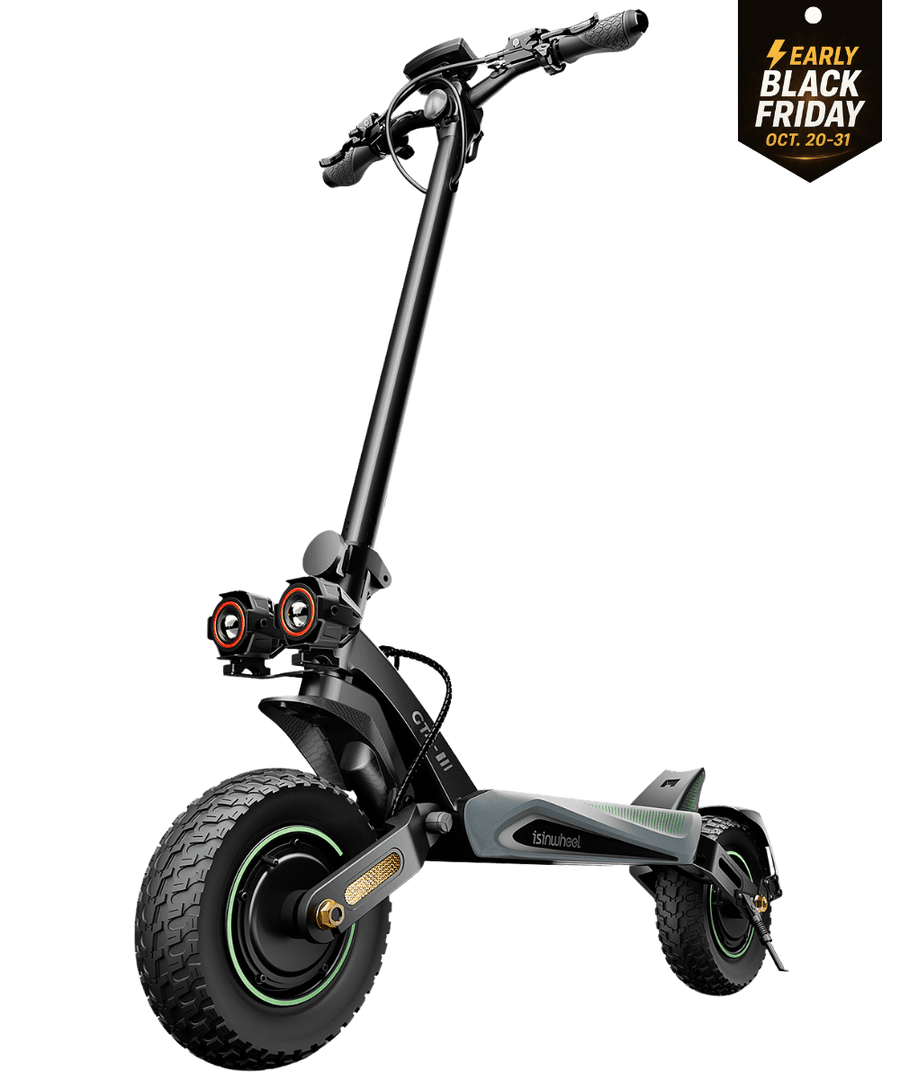
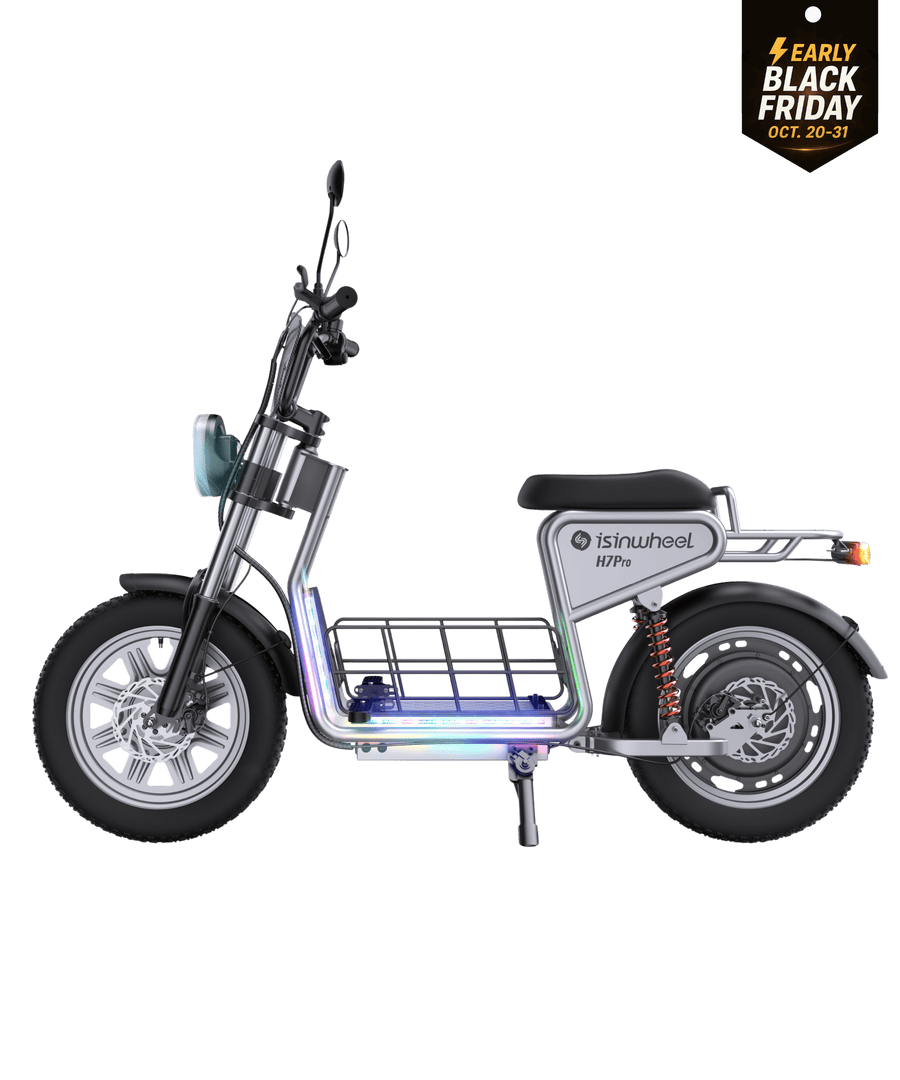
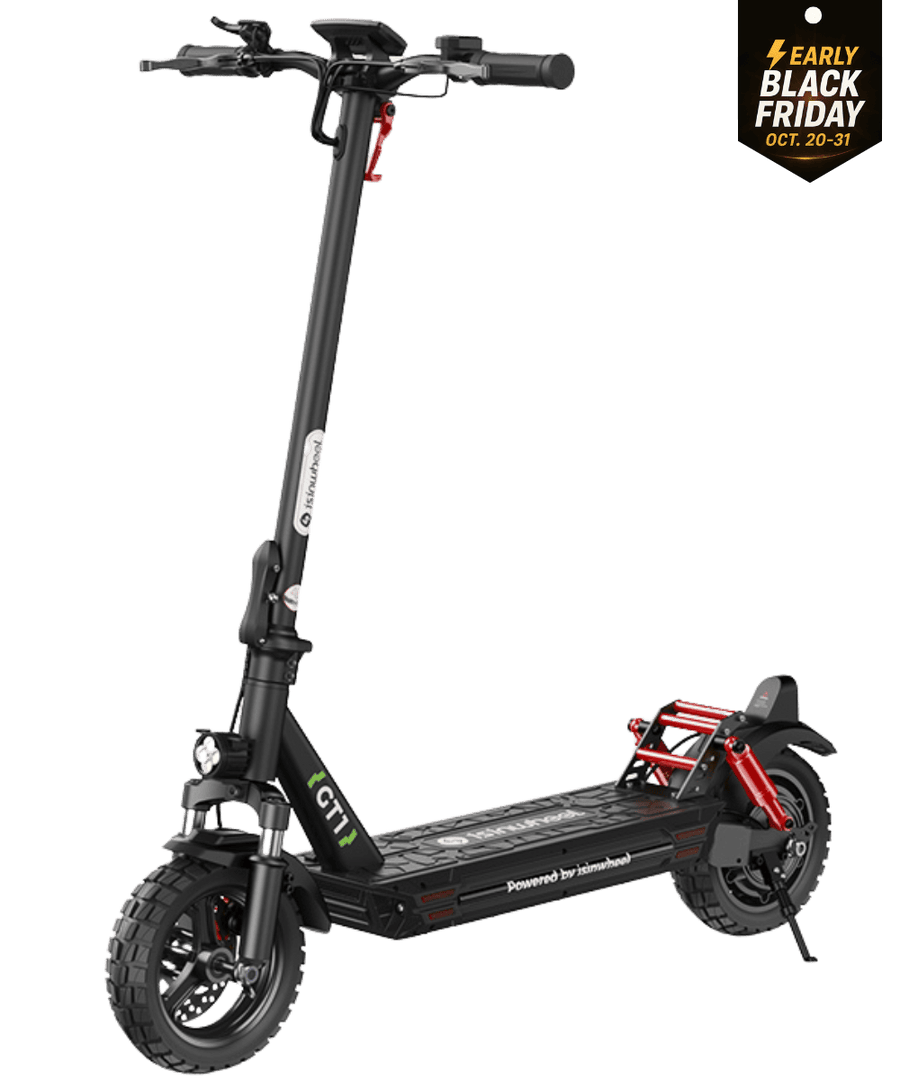
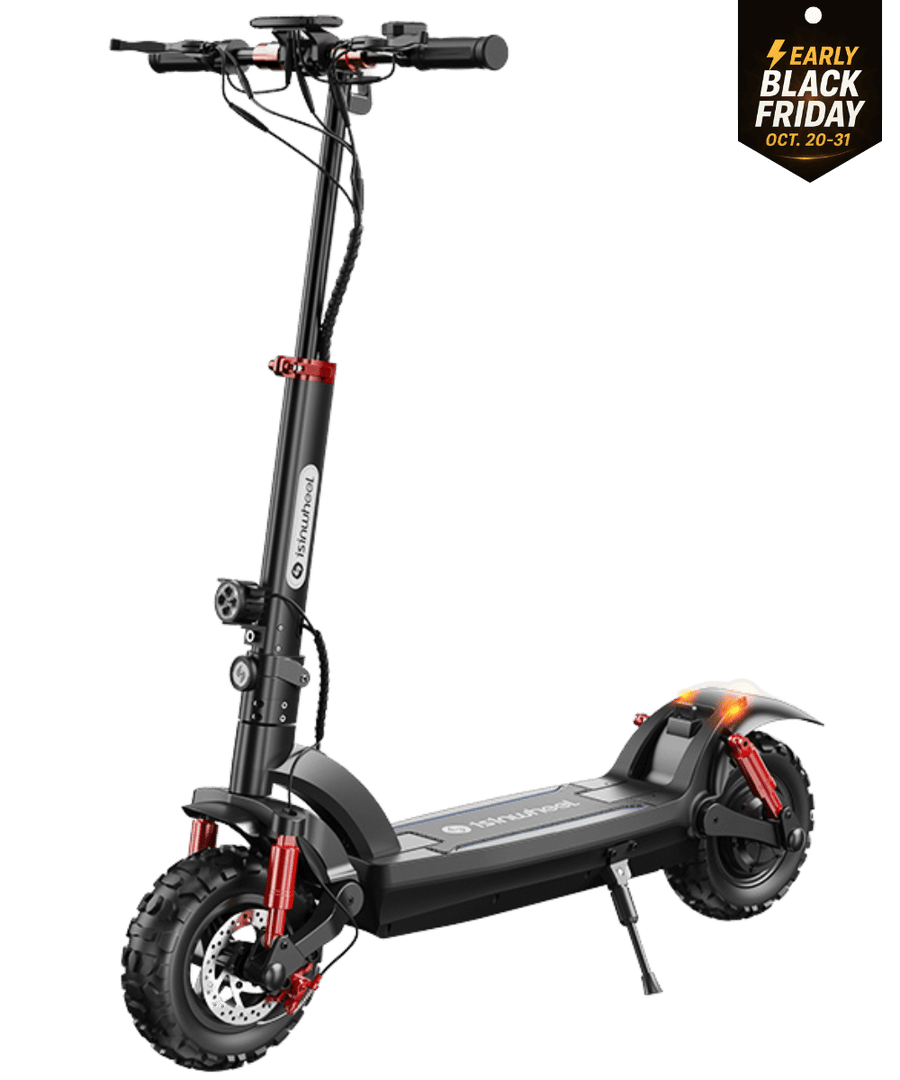
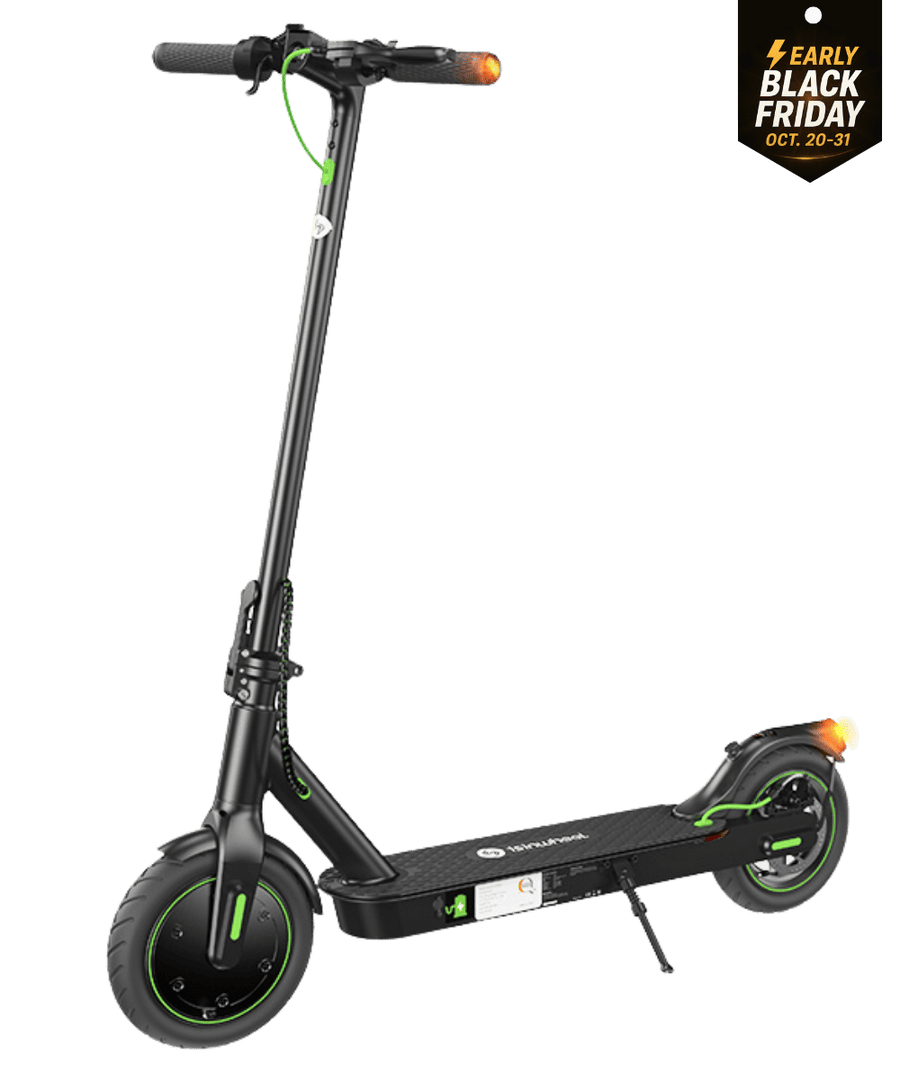
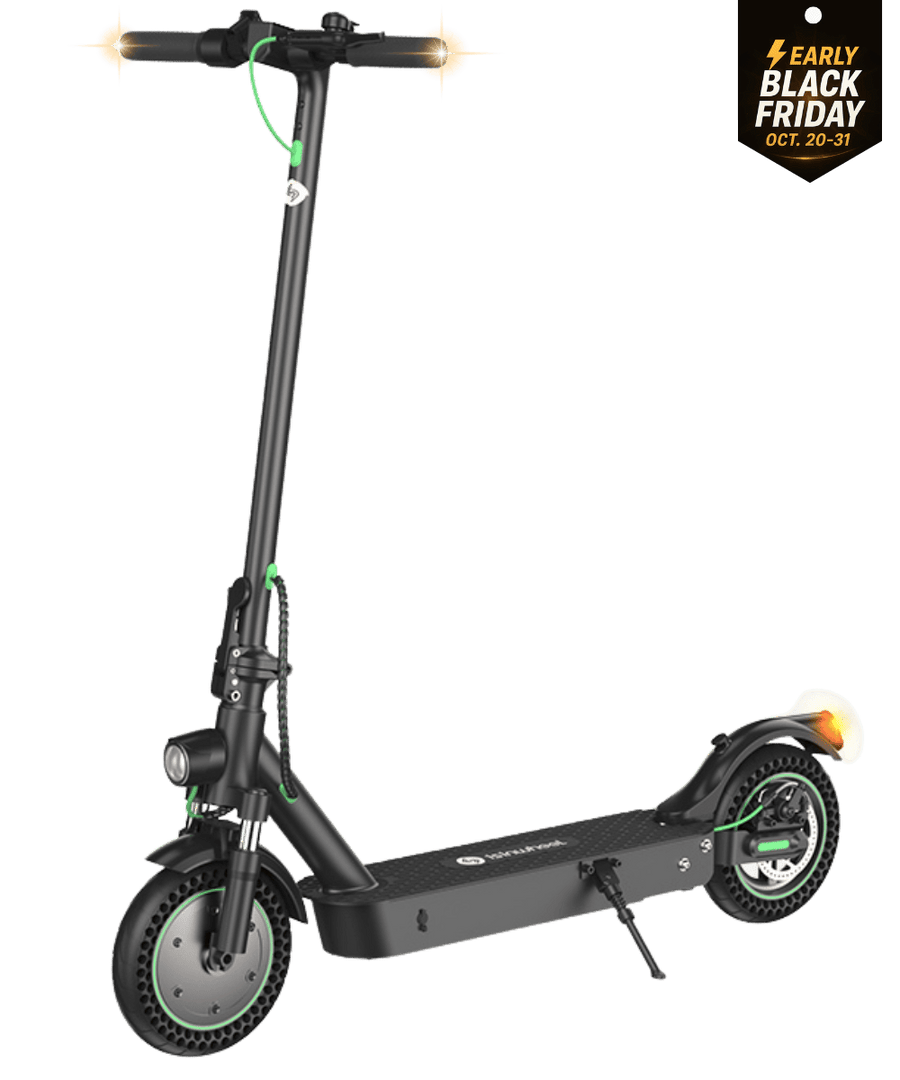
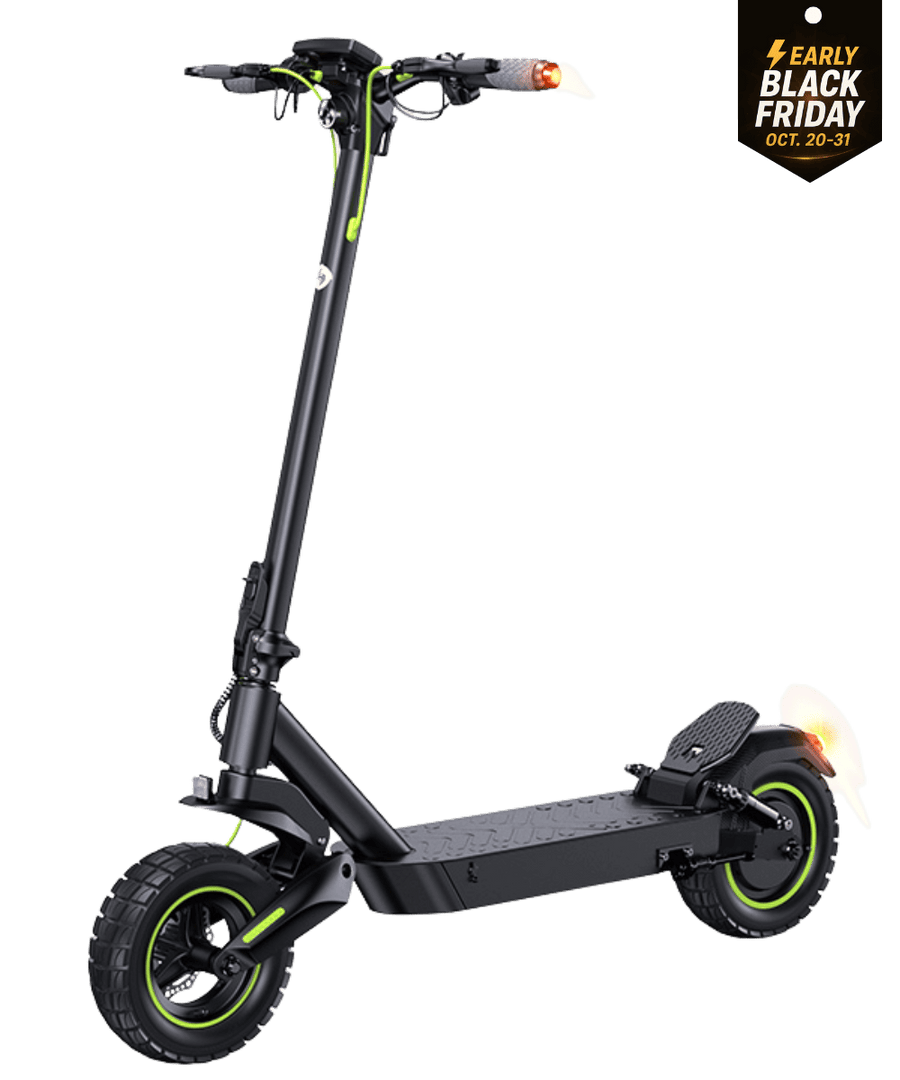
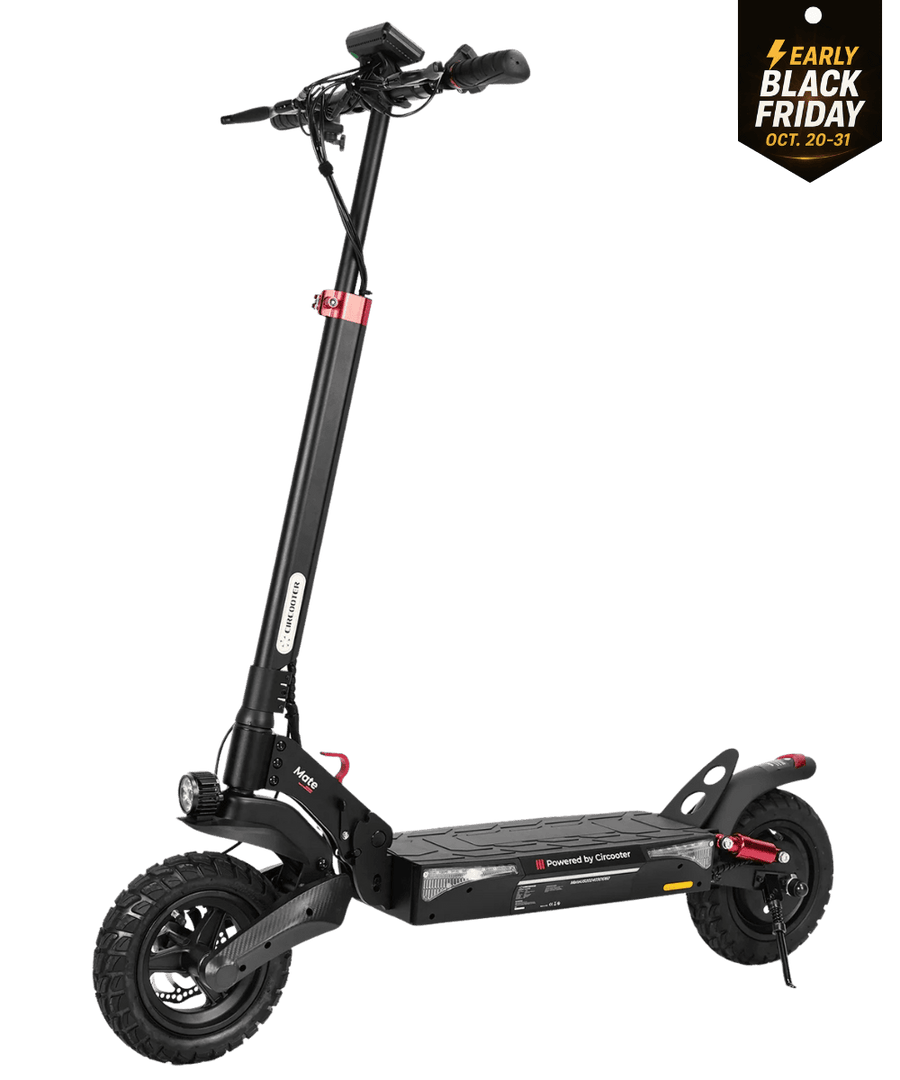
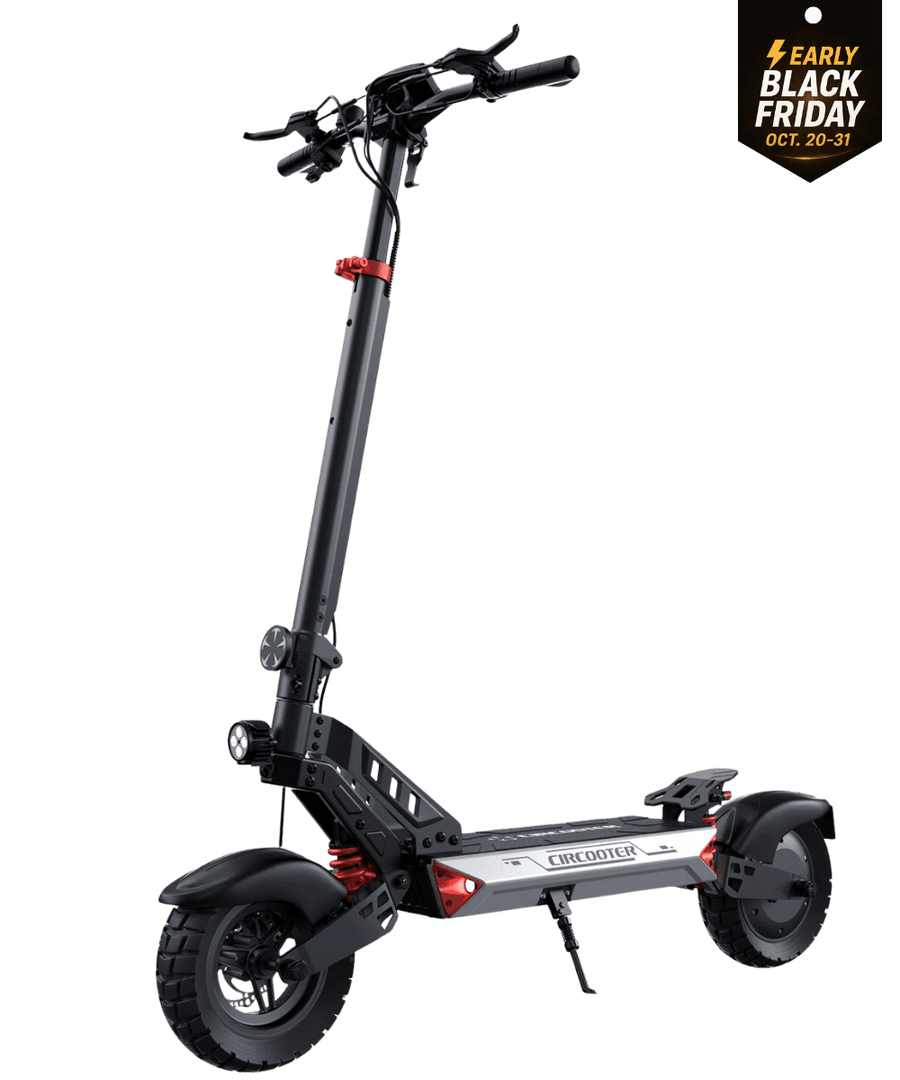
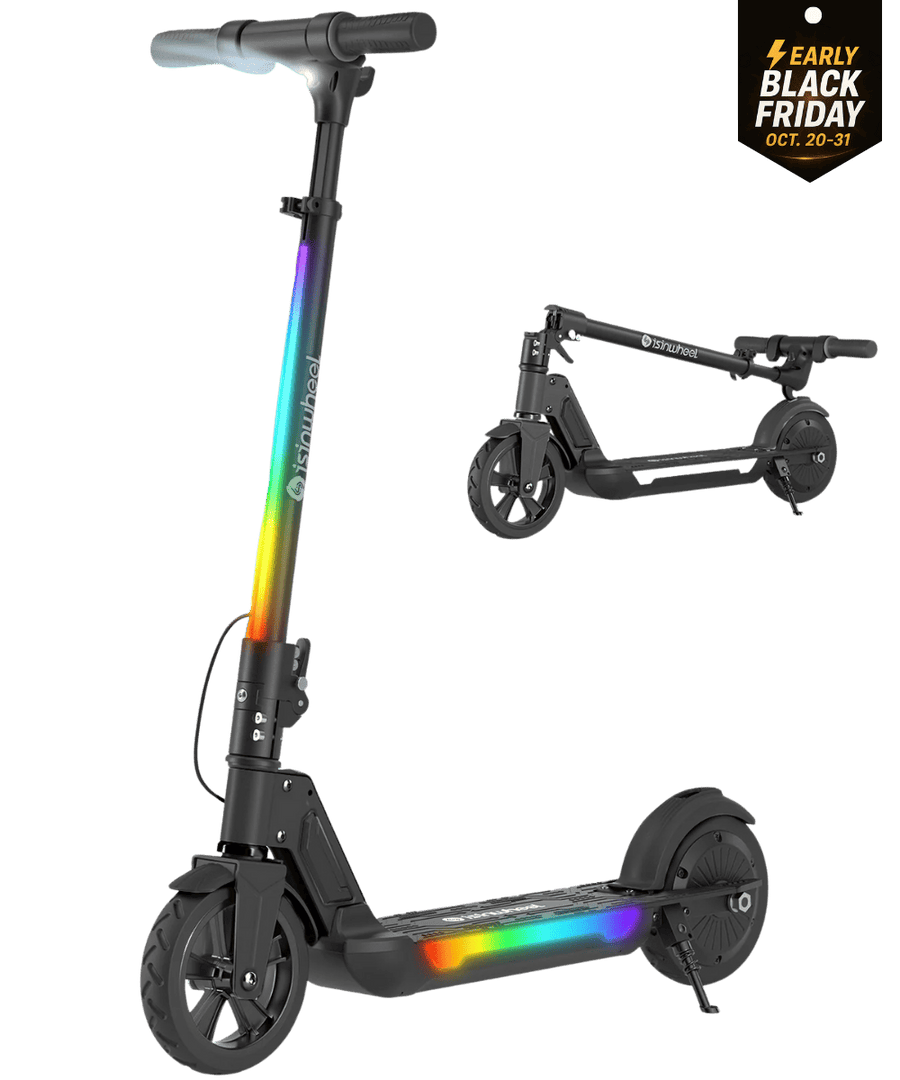

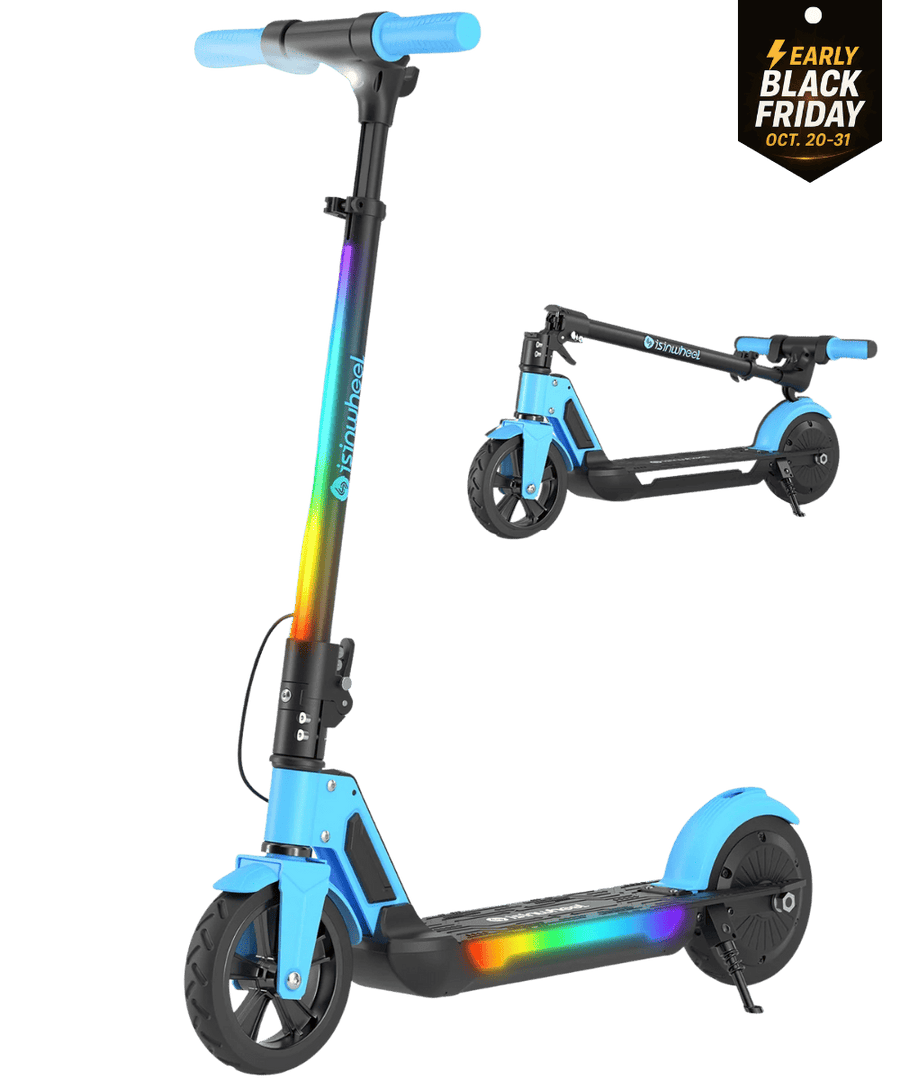
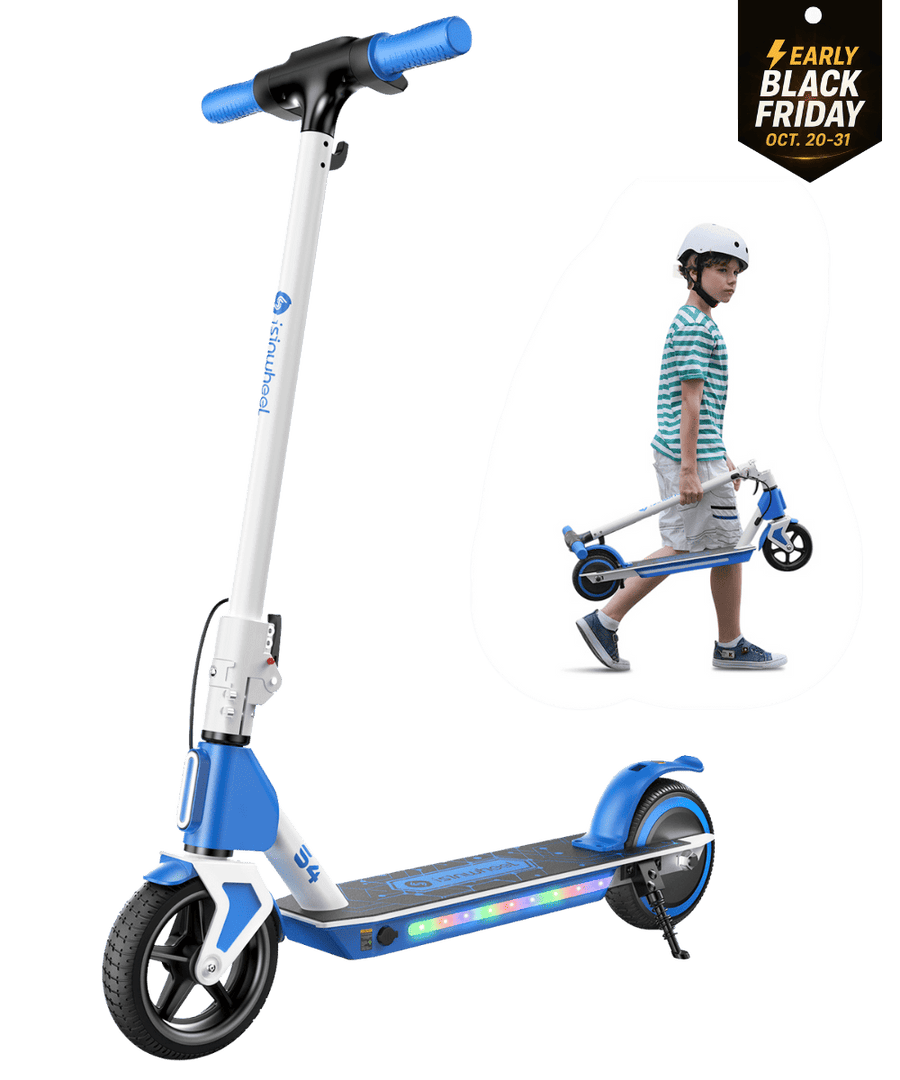
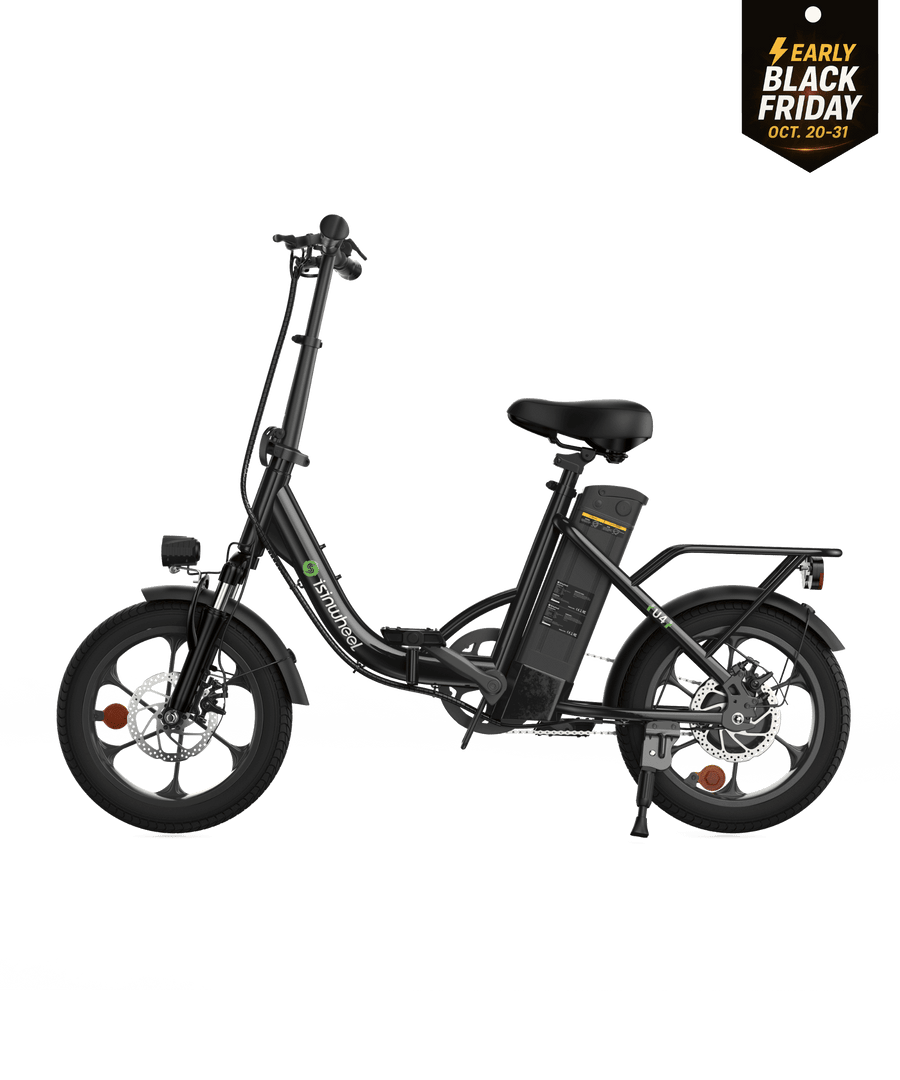
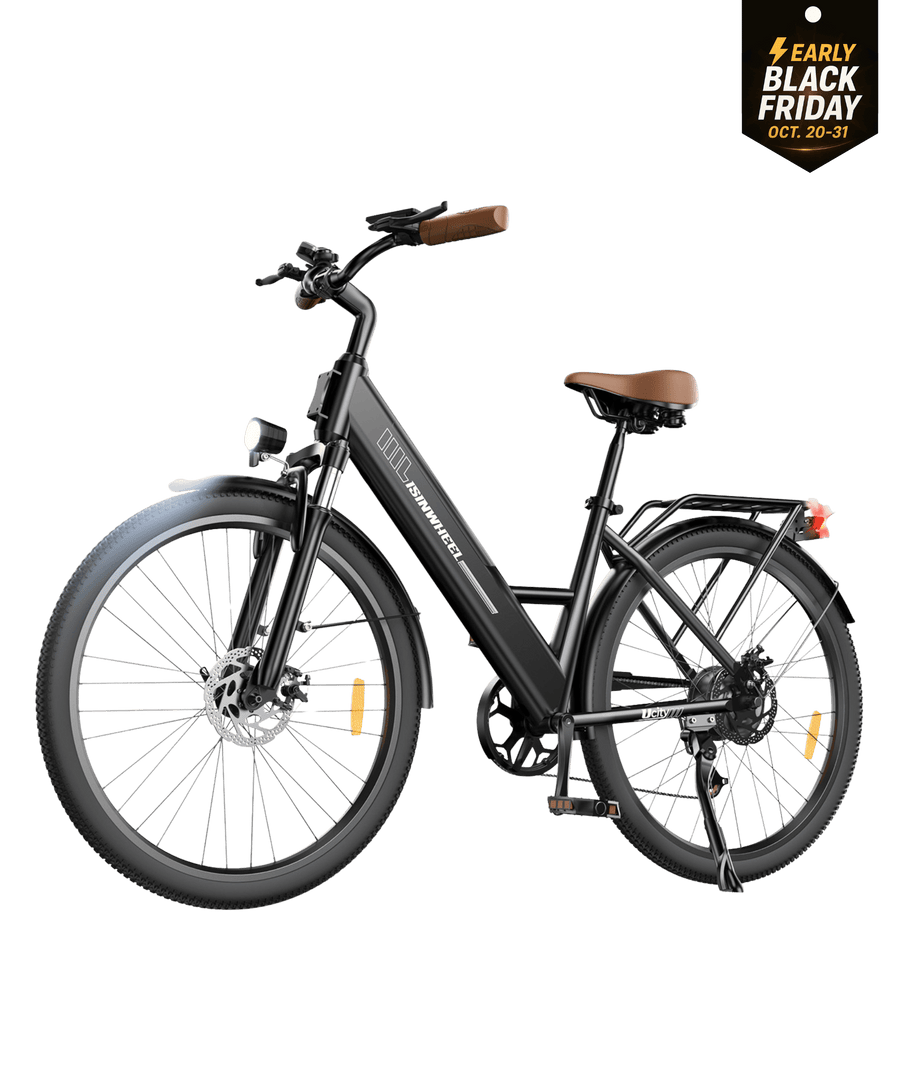
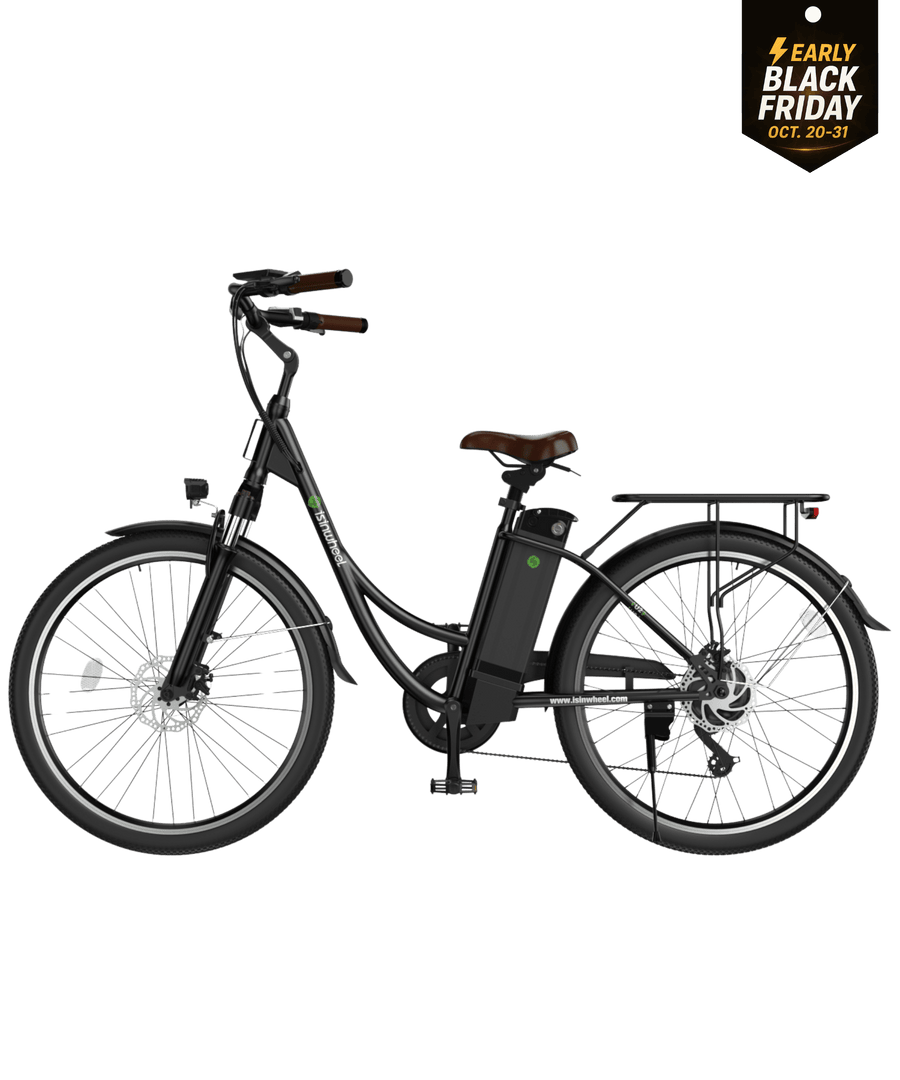
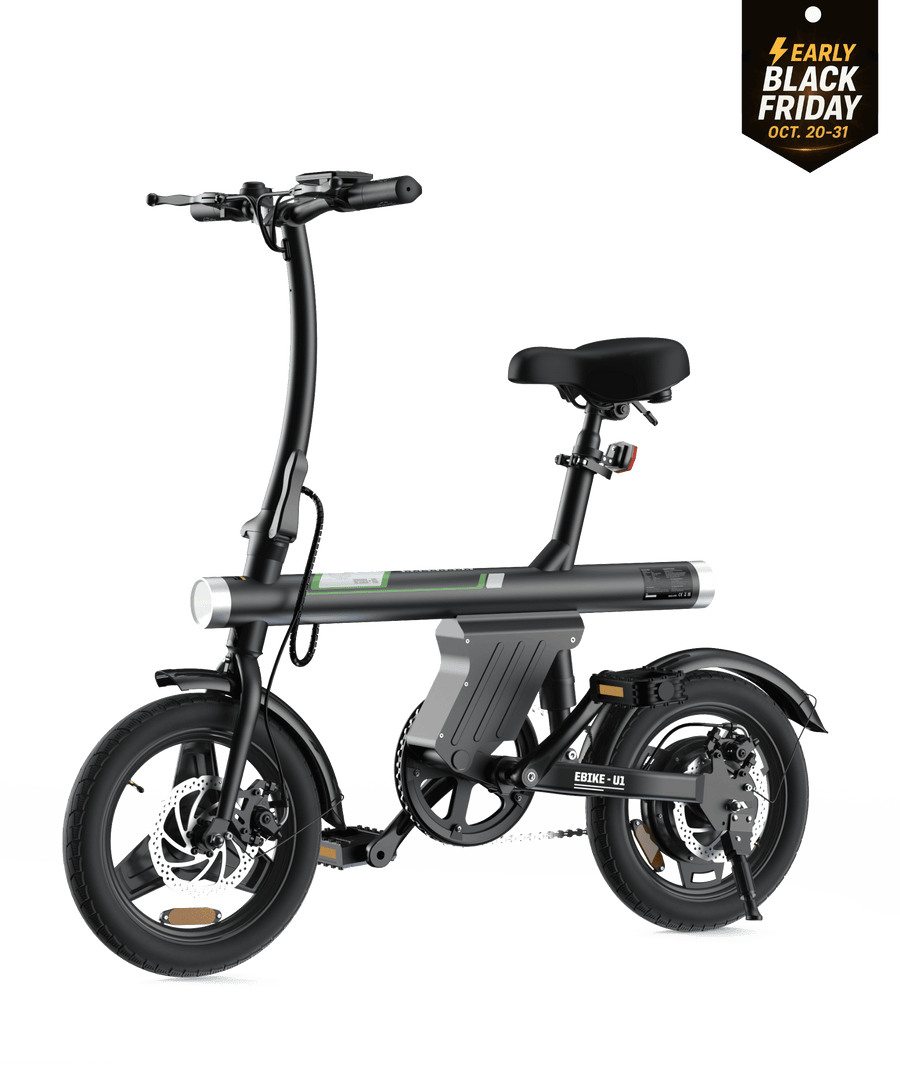
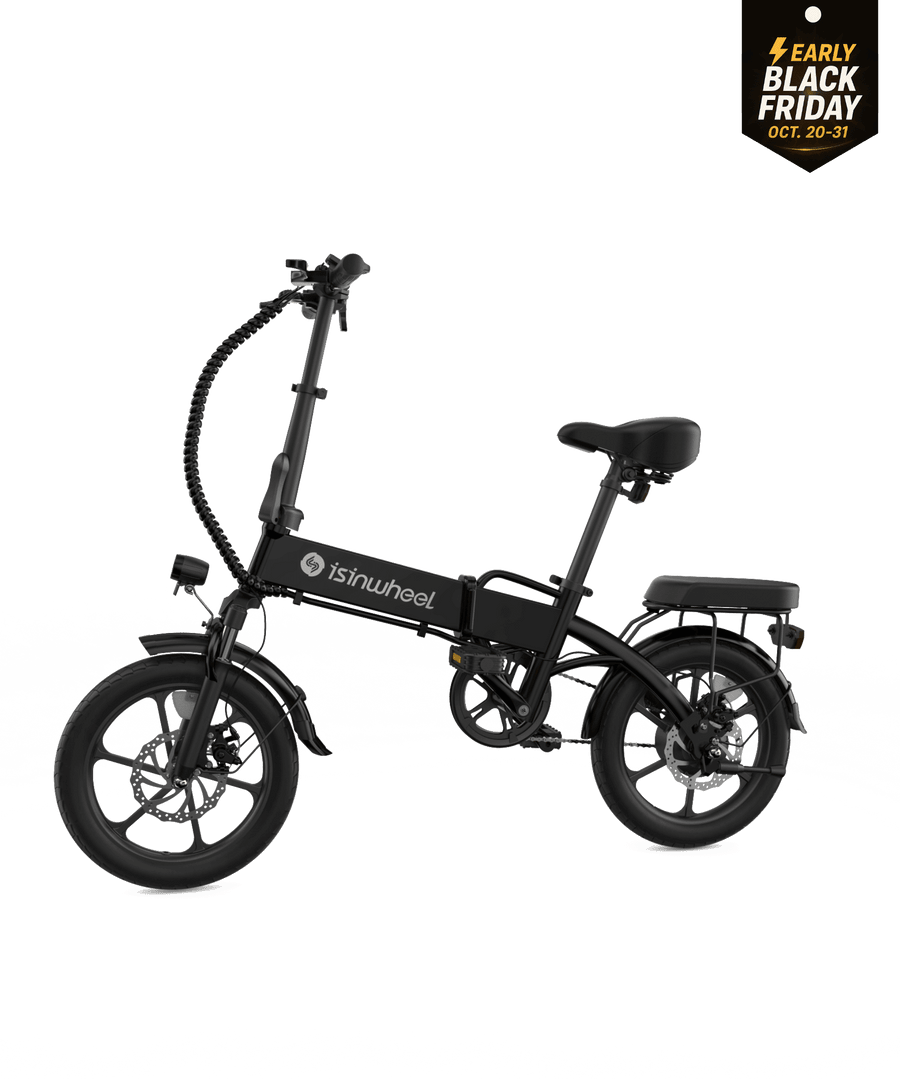
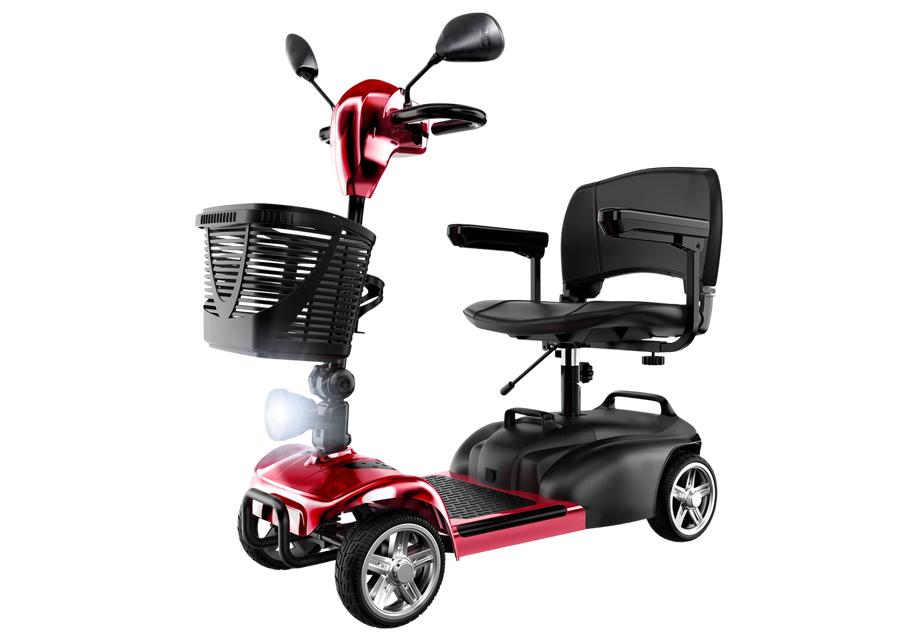




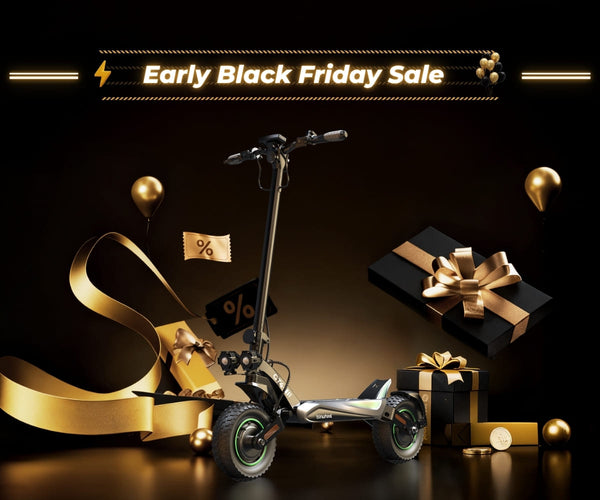

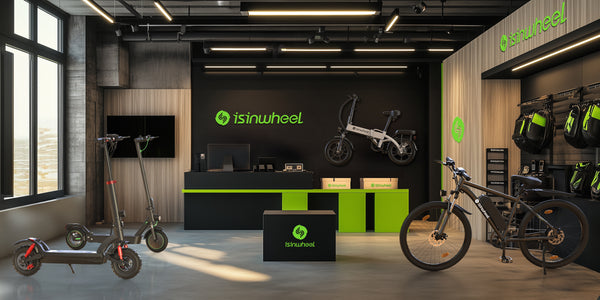
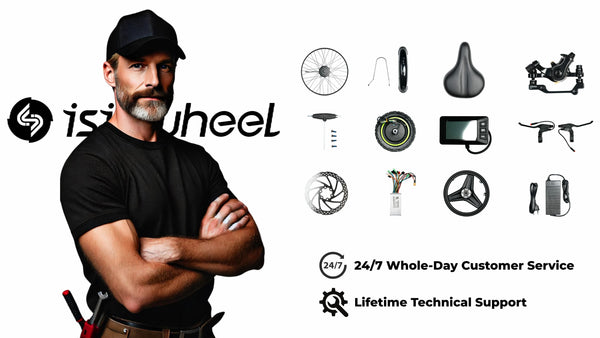
















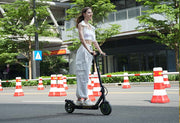
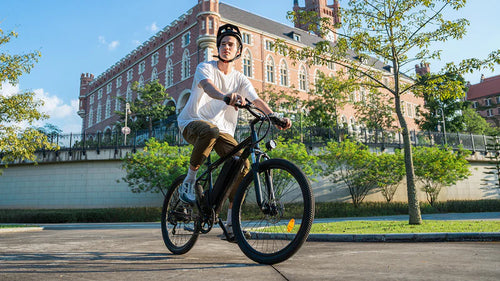
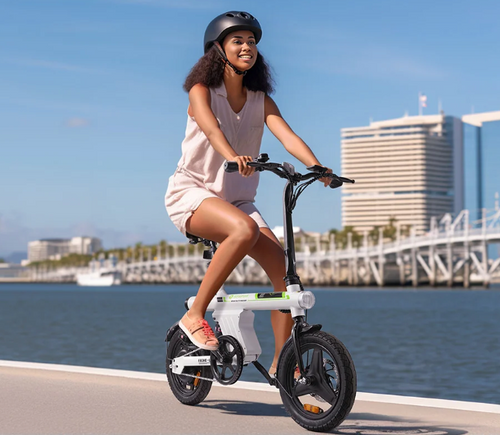
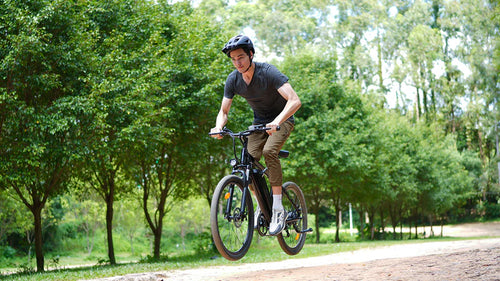
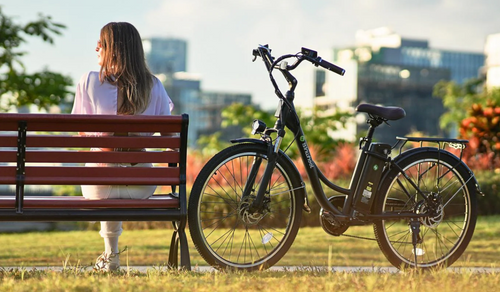

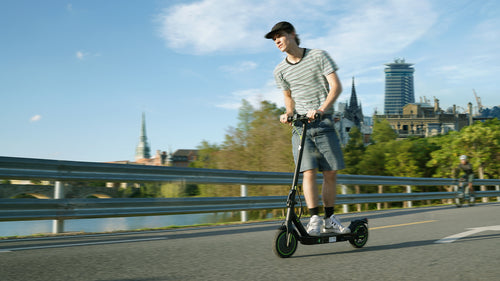

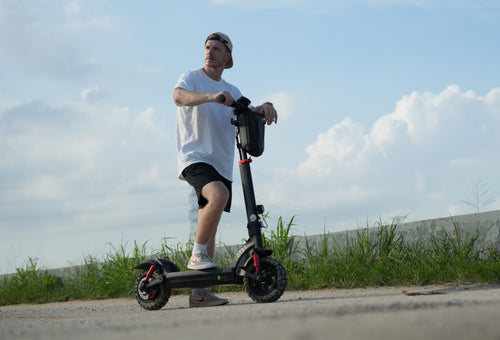
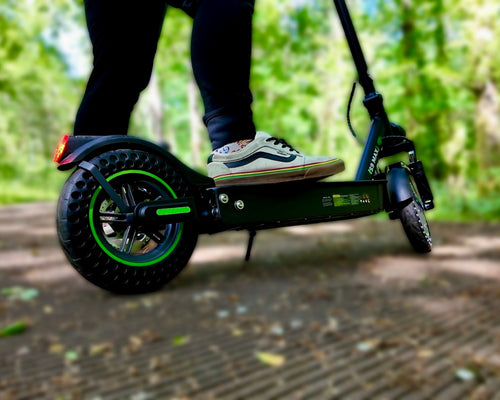
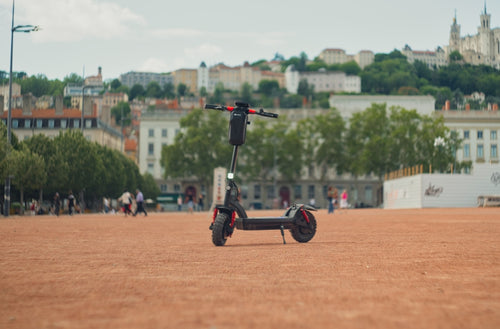
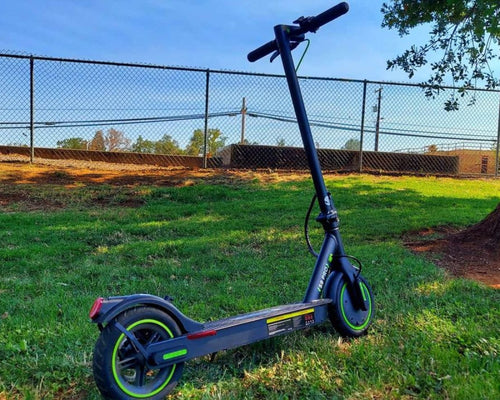





Leave a comment